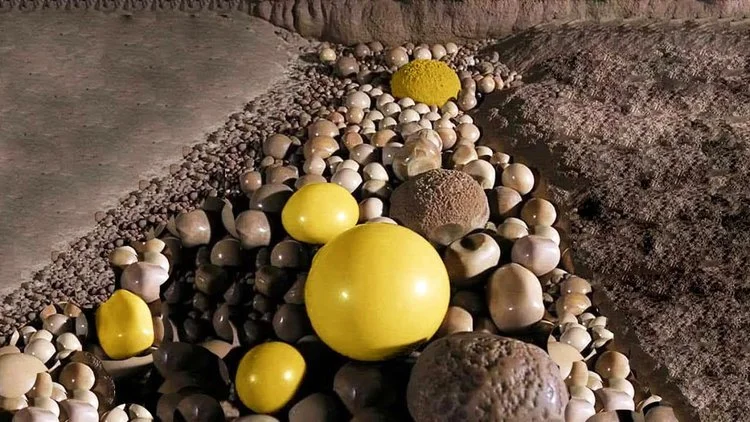The recent discovery of a hidden world beneath Greenland's ice sheet has provided remarkable insights into the prehistoric environment and the impact of climate change. With colossal canyons and evidence of prehistoric plant life, the findings resonate with the fantastical world depicted in the novel 'Journey to the Center of the Earth', portraying an underground landscape with unique features waiting to be unveiled.
Approximately 400,000 years ago, southern Greenland was not under ice cover but instead hosted a spruce forest. This revelation suggests a significantly different climate, with a much higher global sea level leading to the submersion of what is now inhabited land for millions. The analysis by geophysicist Willie Dan Scott, which spans over 125,000 years, has provided crucial proof of the Earth's changing climate, which is characterized by glacial and interglacial periods that result in significant ice expansion and sea level fluctuations.
Fossil plants found beneath Greenland's ice further corroborate the presence of an ancient, ice-free land. The study's findings, which indicate evidence of a warmer time preserved in frozen soil, were established through sediment core samples and analysis of sunlight exposure. This evidence provides valuable insights into the climatic history of the planet, emphasizing the importance of understanding the timing of past ice-free periods in Greenland to comprehend the contemporary fate of its ice sheet.
The revelation that ancient Greenland was not always covered in ice is significant. The top layer of the ice samples contained plant matter, validating the hypothesis that the region was once ice-free. Furthermore, understanding the shifts in climate triggered by changes in the Earth's orbit, where ancient temperature fluctuations were influenced by slight orbital variations, sheds light on how the duration and intensity of interglacial periods were determined.
The implications of these discoveries are profound, especially in the context of current climate change. As Greenland's ice sheet continues to melt, the potential repercussions on sea levels and the planet are alarming. Samples from the less stable parts of the ice sheet provide valuable insights into the possible future impacts as the planet warms. The disintegration of Greenland's ice sheets due to increasing temperatures is anticipated to significantly raise sea levels, leading to widespread destruction and global redistribution, making it crucial to comprehend and address the challenges posed by the rapidly changing climate.
























































